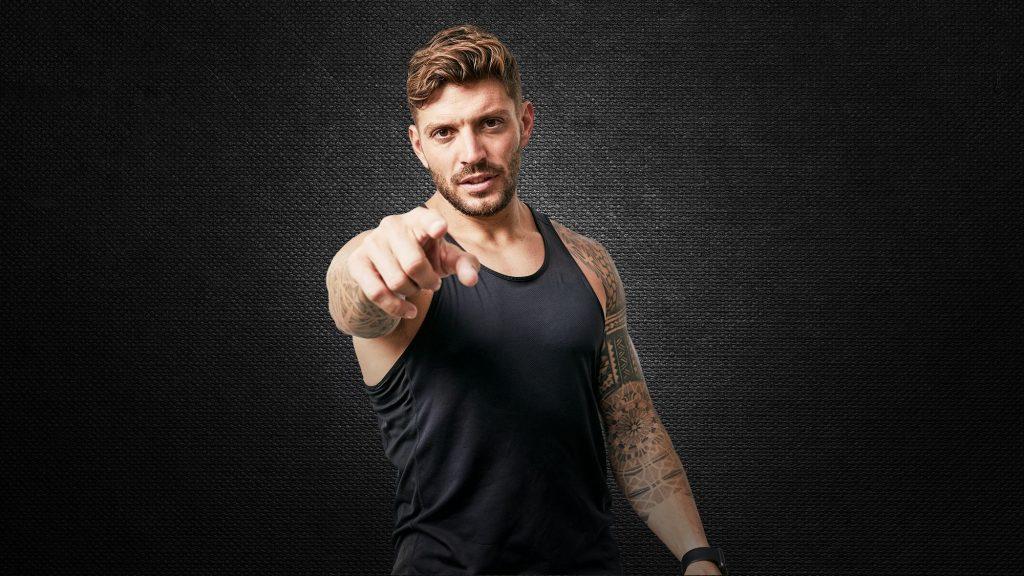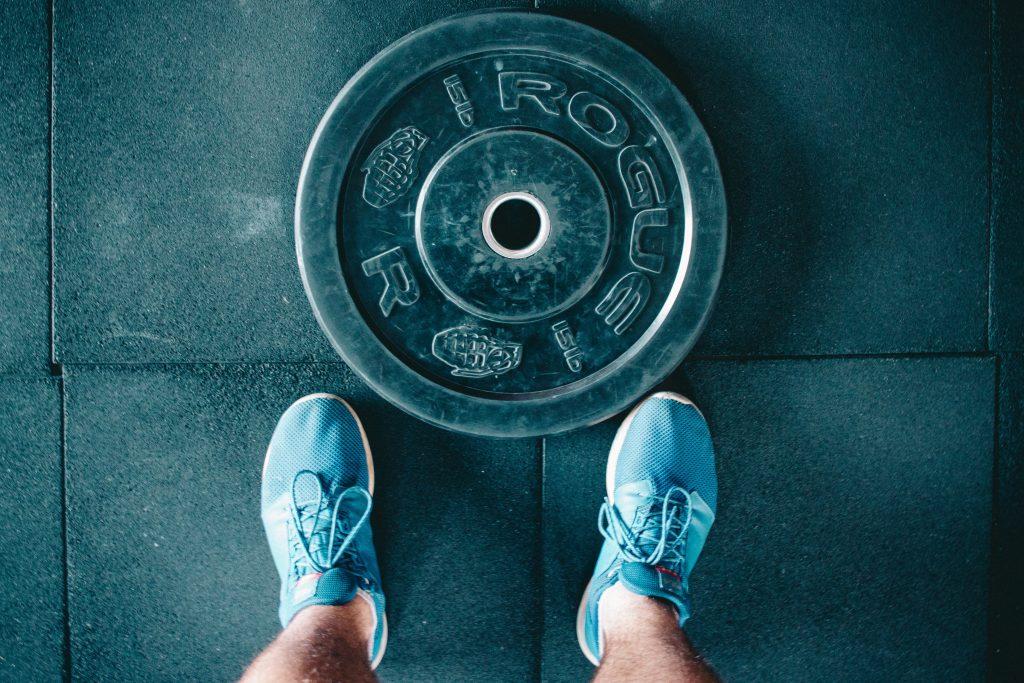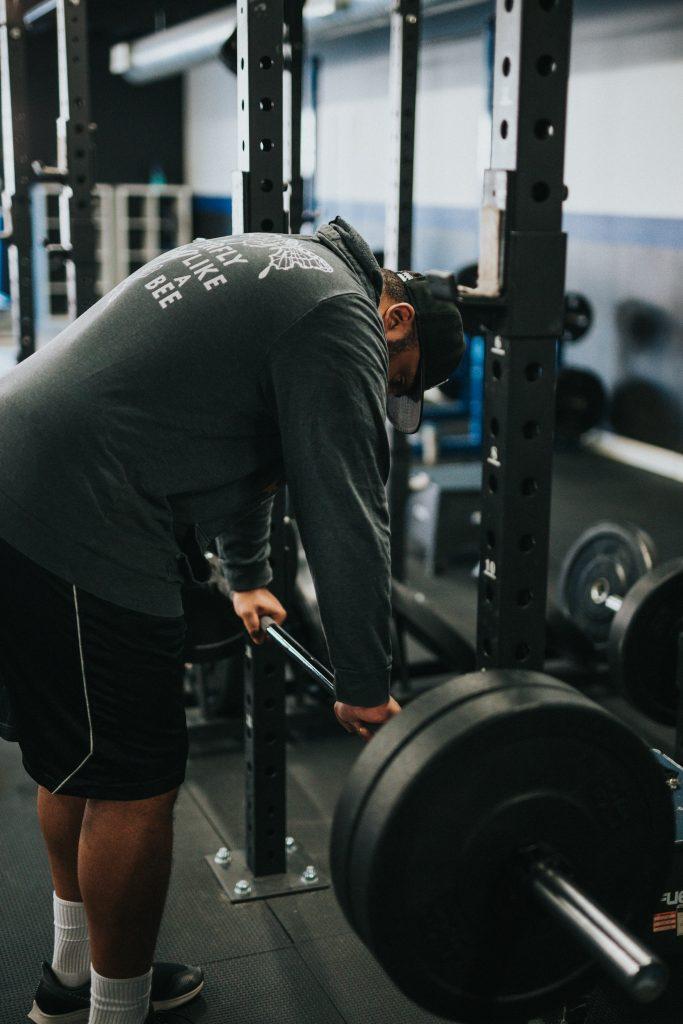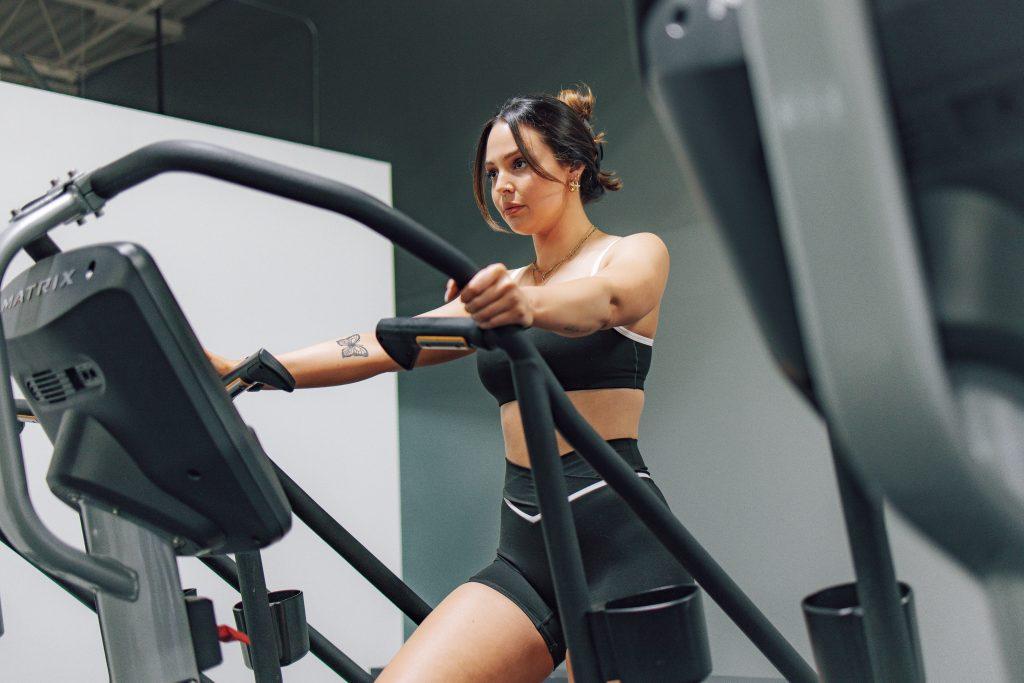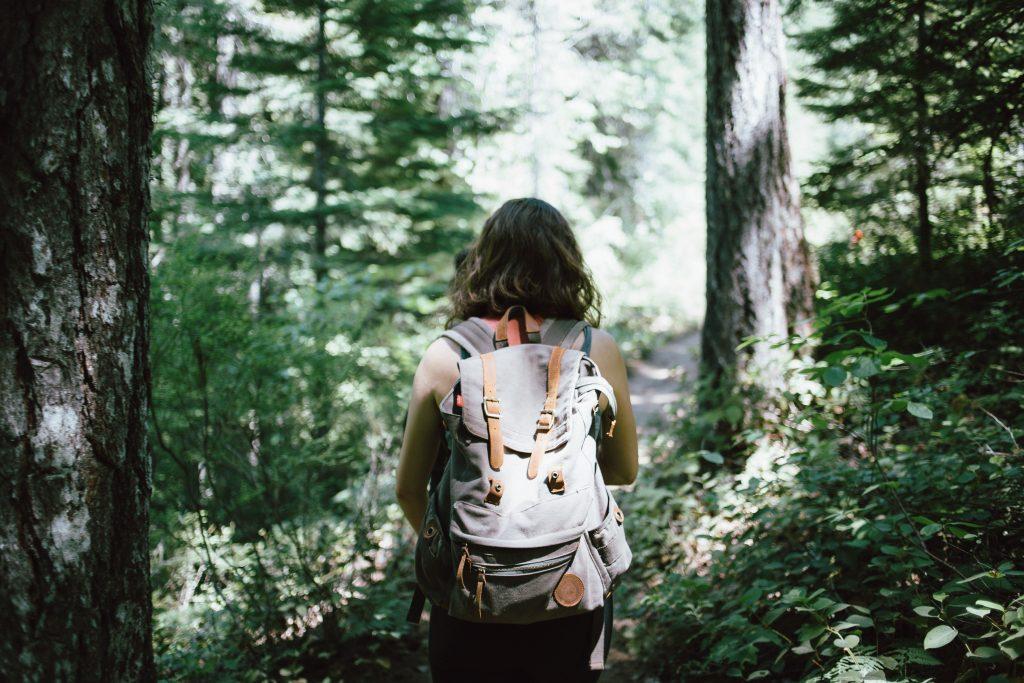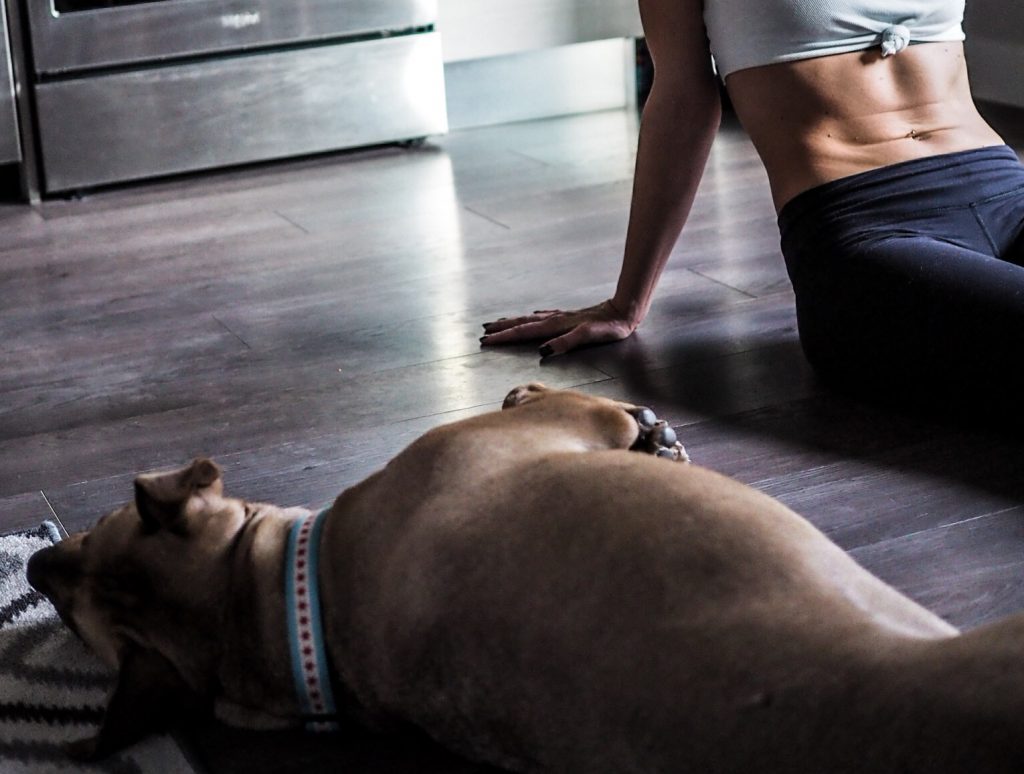
The abs can be approached in the wrong way by some. A lot of people think of the abs just as one muscle but it is more complex than that. The abs are actually made of multiple layers of muscles that make up the full abdominal wall. Even though you can’t see or really feel all of the layers, they are all very important in keeping your core strong and body strong. Doing core exercises that hit all parts of the abs is key in working out more efficiently.
When you think of your abs, it is really the muscle called rectus abdominis that you are talking about. It is the outermost abdominal muscle and runs vertically along each side of your abdominal wall. Then there is the transverse abdominis that is the closest to your spine and therefore the deepest muscle of the abdominal wall. There are also the oblique muscles that run along the sides of your torso. The oblique muscles have two sets, internal obliques and external obliques. The internal obliques lie above the transverse abdominis, and then the external obliques are on top of those. There’s also a handful of other smaller muscles in this area that are super helpful with how our body moves.
Now that you have learned the complexity of the abs, it is important to work them the correct way. This doesn’t mean doing 100s of sit-ups every day. Why? Because sit-ups don’t work all of the layers of the abdominals and they certainly don’t challenge your body when you are doing the same exercise every day.
6 of the Best Core Exercises You Can Do at Home
All you need is your body and some space.
Try adding a few of these exercises to the end of your workout to challenge your core a little more. If you are pretty active try doing 12-15 reps of each exercise and then repeating all of the exercises for three to four more sets, to start. If you feel tension in your lower back during any of these exercises, stop and make sure your abs are really engaged and that your back is not in a bad position. If you are unsure, then stop and consult a professional.
Planks (hands or forearms)
Check out our article on ‘How to Perfect the Plank’ for tips on how to plank correctly and effectively.
Jack Knife Sit Up
- Lie flat on the floor with your arms and legs extended. They should float off of the ground, but only as close to the ground as your back allows. Only keep them close to the ground if your back does not lift, if your back isn’t pressed into the ground, then raise your arms and legs up until it doesn’t. This will then be your starting point.
- Take a deep breath before you begin.
- Exhale and contract your abs, raising both arms and legs into a folding position above your belly button.
- If you can, hold yourself here for a few seconds before lowering back down into the starting position.
- Repeat.
Dead Bug
- Lie on your back with your arms extended toward the ceiling coming out of your shoulders and your legs in a tabletop position by bending your knees at 90 degrees and stacking them over your hips.
- Slowly extend your right leg out straight, while simultaneously extending your left (opposite) arm behind you overhead.
- Keep both, arm and leg, a few inches from the ground. Squeeze your butt and keep your lower back pressed into the floor while engaging your core the entire time,
- Bring your arm and leg back to the starting position.
- Repeat on the other side.
Boat Pose
Check out how to perform this killer lower upper and lower ab workout from our ‘6 Lower Ab Burners’ article. As well as… Scissor Switch and Forearm Plank Rock.
